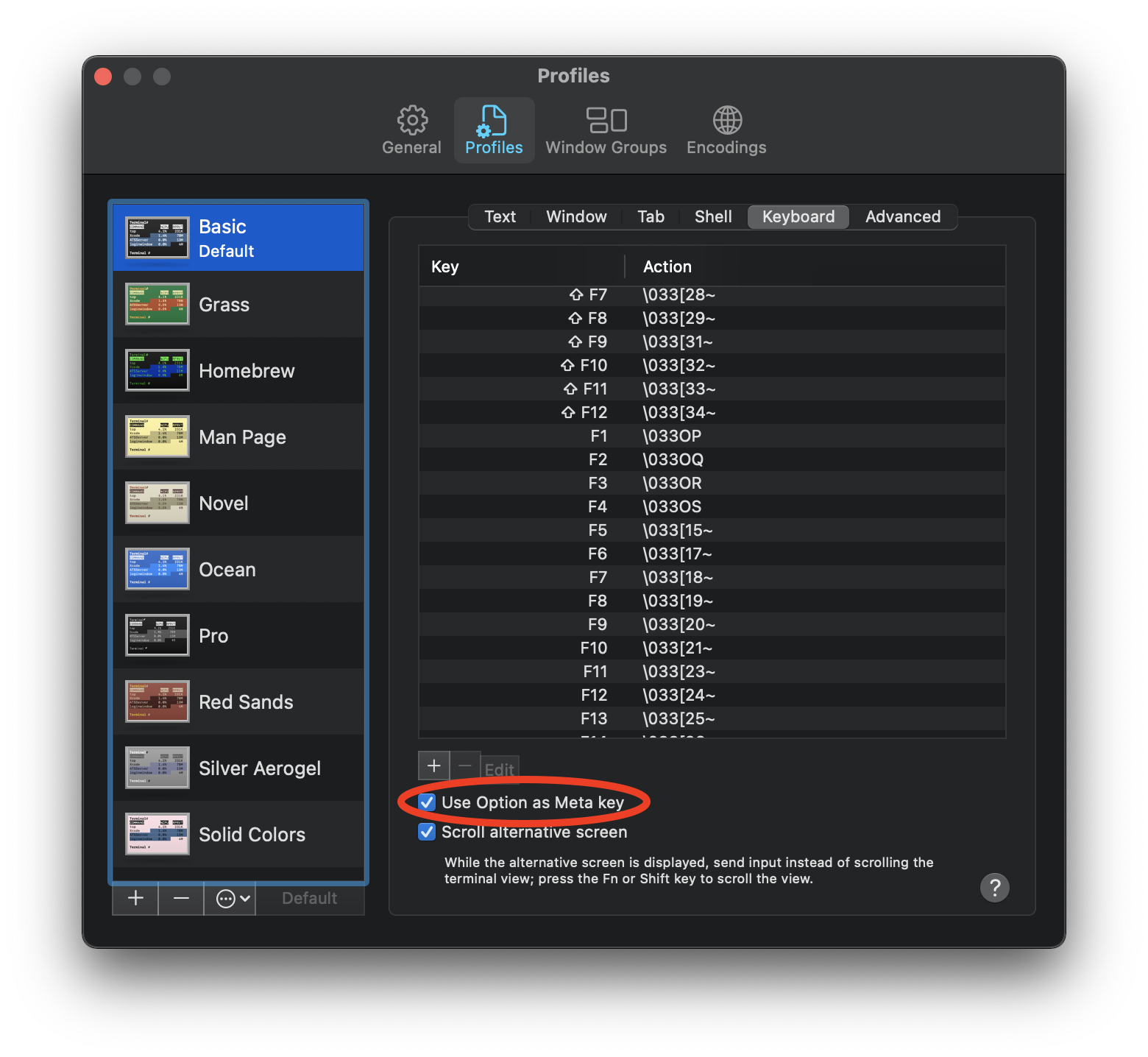(AKA “Installating minicom on a Mac”)
If you’ve read the official documentation for the Pico Python SDK, you’ll have seen that in order to connect your Mac to the python REPL running on the Pico you need a serial interface program. The docs suggest the aptly named “Serial” which looks great, but is not cheap.
Being a frugal hacker, you might prefer to use an open source tool instead.
Well, help is at hand! The Linux section of the docs suggest using the open-source tool, minicom, and Mac users can use that too.
Installing minicom
If you already use the MacOS package manager “homebrew”, open up Terminal.app and run brew install minicom. If you don’t already use homebrew, head over to brew.sh to learn about the project and get it installed first.
Now that you have minicom installed, there’s one more thing to be aware of. Minicom uses a “meta” key for some keyboard functions. By deafult on a Mac, this is the “esc” key. However, it’s also to possible to use the Option key instead if you’d prefer.
Setting the Option key as the meta key
(Optional: Skip this bit if you’re happy using the escape key)
Head into the settings of Terminal.app and enable the meta key option.

If you have a Touch Bar Mac, this will add a new option which toggles the Option key between “meta key” and normal behaviour.

Connecing to the Pico
Now you can connect to the pico in exactly the same way as a Linux user would, for example.
$ minicom -o -D /dev/usbmodem0000000000001
Once you’re inside minicom, meta+x will quit, while meta+z shows additional key combinations.
Happy microcontrollering!